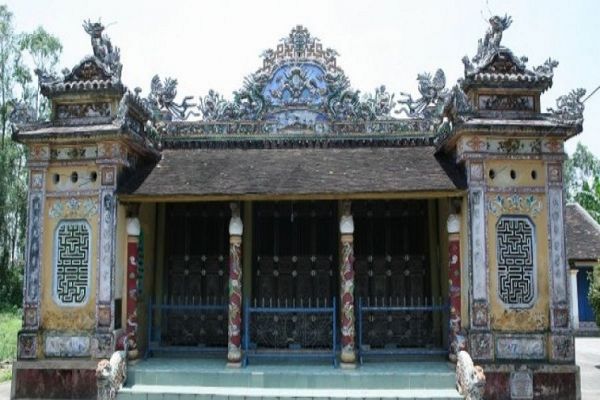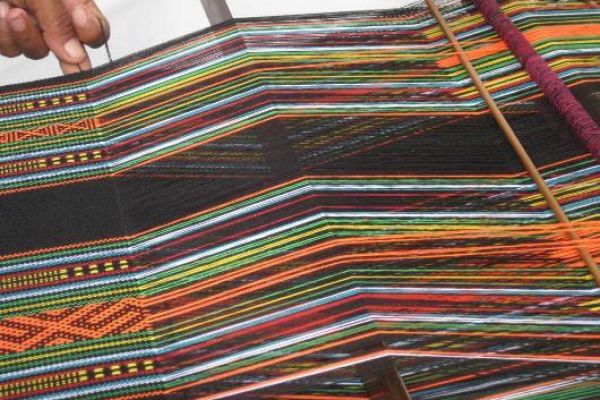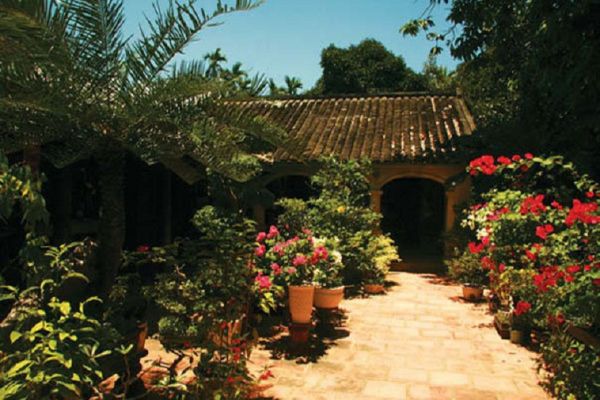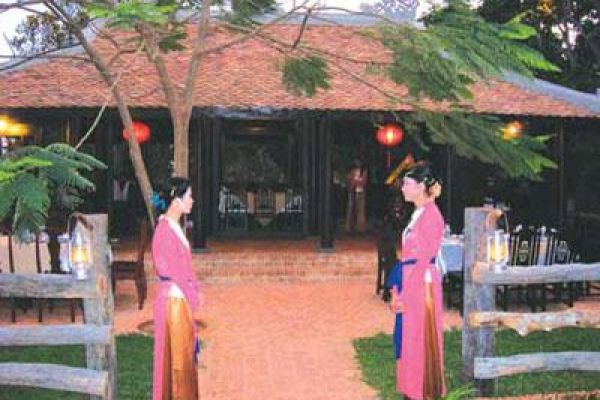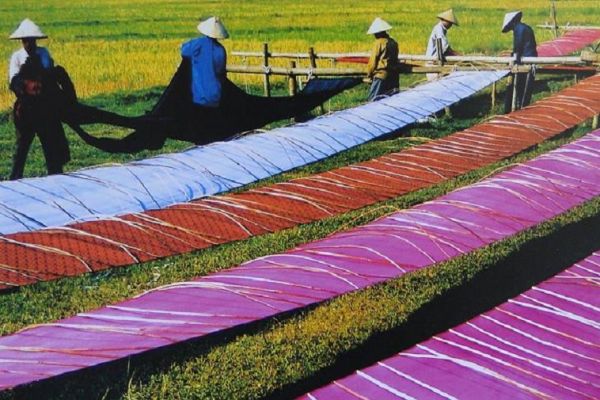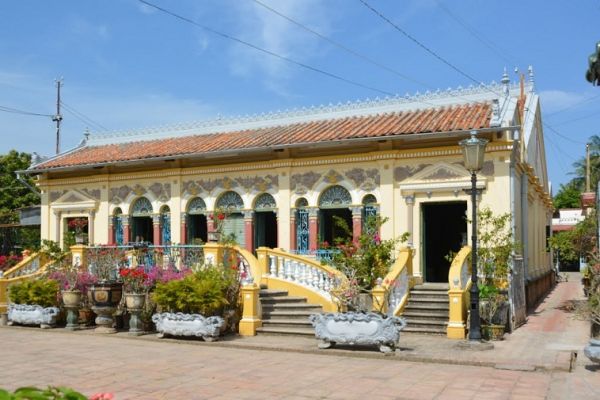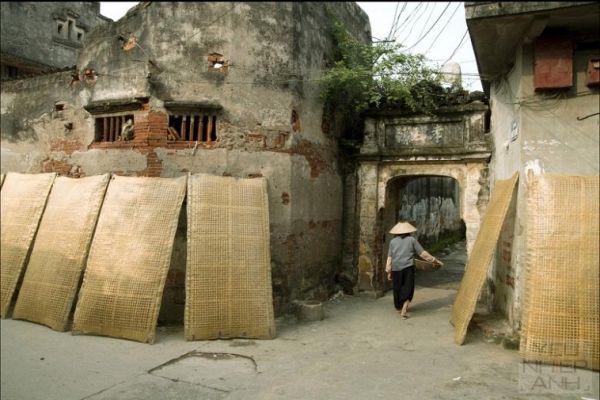The village is some 40km north of Hue City. Phuoc Tich was established in 1470 under King Le Thanh Tong. The village is located in the bend of the O Lau River, making the village resemble an island. The village has 12 river wharves symbolising the 12 animals of the lunar zodiac.
A centuries old tree marks the village gate along with a temple. The village is also home to several old houses. The houses are surrounded by large gardens fenced byChinese tea tree plants.
The homes hold old wooden furniture, horizontal lacquered boards, altars and chests with sophisticated carvings. Phuoc Tich also has dozens of pagodas and temples.
Hanoian tourist Nguyen Thi Pham was surprised by the village’s natural scenery. “I and my friends have visited several old villages, such as Duong Lam in Hanoi and Tuy Loan in Danang, but, only Phuoc Tich retains so many wooden built houses,” she said.
Phuoc Tich is also well-known for its 500-year old pottery industry. The industry was revised in 2006 when Hue Festival was launched. Local residents built a temple to worship Confucius hundreds of years ago to honour their thirst for knowledge.
Phuoc Tich is currently home to 117 households and more than 30 wooden houses which are left in the hands of the older generation to maintain. Over the past 10 years, only 99-year old Luong Thi Hen has cared for her family’s ancient wooden house. She said , “My children are away earning a living. The 100-year old house has deteriorated, and I can’t preserve it alone.”
Truong Thi Thu, 84, now lives alone in a wooden house. Every day, she cleans the house to welcome tourists. She has asked her children to return the village to help preserve the house on many occasions, but they are afraid that they wouldn’t be able to find employment if they returned.
Phong Dien District officials said the local authorities had been promoting Phuoc Tich to both local residents and visitors. The district would focus on repairing some wooden houses and also call for investment in the local pottery industry.
Phuoc Tich was recognised as a national relic in 2009 by the Ministry of Culture, Sports and Tourism, following Duong Lam.
Source:Dtinews




